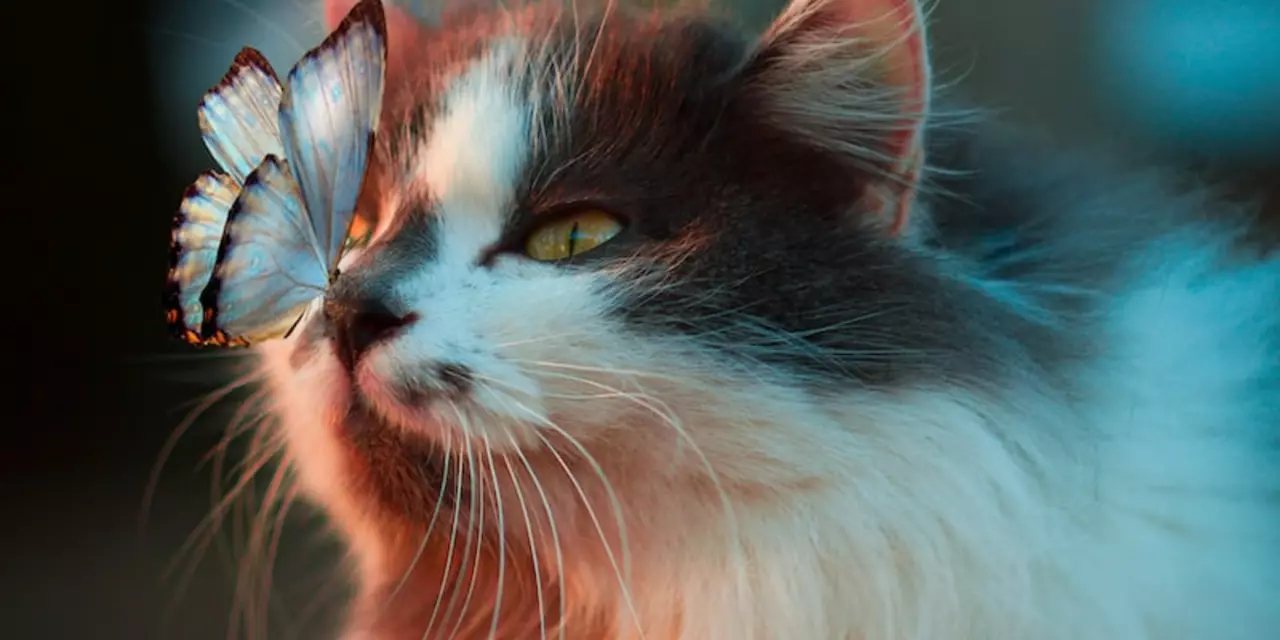Animals in Circus Acts – A Straight‑Talk Guide
If you’ve ever watched a circus, you’ve probably seen lions, elephants, or horses stealing the spotlight. Those animal acts add a wild, unpredictable vibe that many fans love. But there’s more to the show than just a big animal walking on stage. Understanding how the animals are prepared, what safety steps are taken, and where the industry is headed can make your next circus visit more interesting.
First off, animal performers aren’t random strangers to the ring. They usually start training when they’re young, often under the care of professional handlers who know the species inside out. Handlers use positive reinforcement – treats, praise, and consistent routines – to teach tricks like jumps, bows, or walking a tightrope. This isn’t magic; it’s a lot of patience and repetition, much like a gymnast practicing a routine every day.
How Animals Join the Show
When a circus decides to add an animal act, it looks for a species that can safely perform the required tricks. Elephants, for example, are strong enough to lift heavy props, while horses excel at synchronised movements. The animal’s size, temperament, and health all matter. Before any performance, a vet checks the animal’s condition to ensure it can handle the physical demands.
Training sessions happen backstage, away from the audience’s noise. Handlers keep the environment calm and use familiar cues so the animal knows exactly when to start and stop. It’s similar to a dancer cueing a move with a nod – the animal learns to associate a signal with an action. This routine reduces stress and keeps the act reliable.
Safety, Ethics, and Modern Trends
Safety is a top priority for both the animals and the crew. The ring is padded, and any props used are tested for strength. Handlers stay close during every act, ready to intervene if something goes wrong. Audiences rarely see the safety checks, but they’re happening all the time.
Ethics have become a hot topic in recent years. Many people question whether animals should be part of entertainment at all. In response, several circuses have shifted to “animal‑free” shows, relying on human acrobats, aerialists, and cutting‑edge technology to wow crowds. Even traditional circuses are improving living conditions, providing more space, better nutrition, and regular veterinary care.
If you’re planning to attend a circus, here are a few quick tips to make the most of the animal acts:
- Watch the handlers’ body language – calm, confident cues mean the animal feels safe.
- Notice the backstage area; a clean, organized space usually signals good animal welfare.
- Ask questions after the show. Many circuses have staff ready to explain how the animals are cared for.
Whether you’re a lifelong circus lover or just curious about the animal side of the spectacle, knowing the behind‑the‑scenes work adds a layer of respect and excitement. Animals bring a unique energy to the big top, and when they’re treated well, the whole experience becomes richer for everyone.
